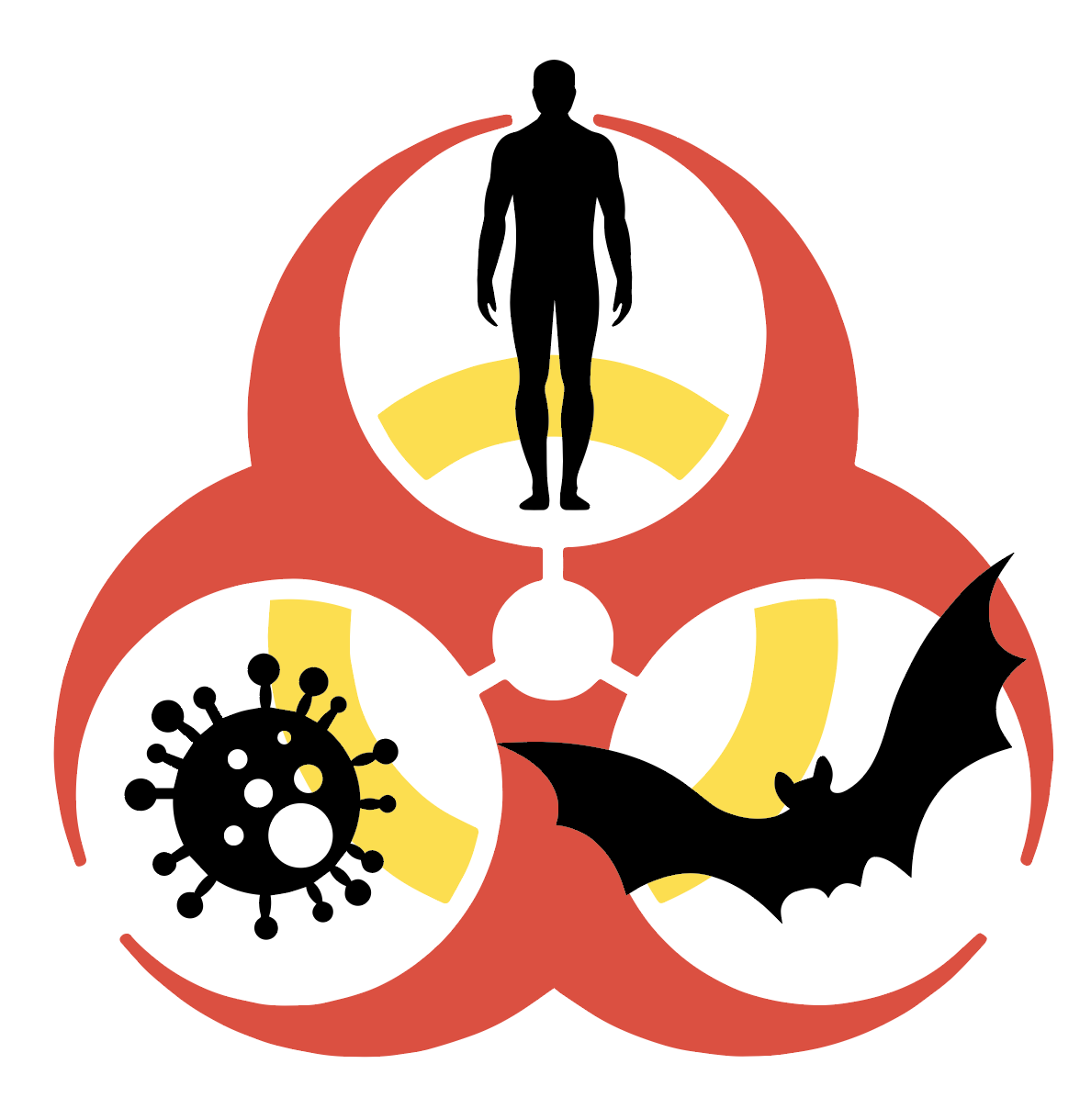Public Health Watch: “Planetary” Approach Proposed for Pandemic Prediction
Smithsonian researchers lead charge for enhanced method to identify pathogen threats before they emerge from natural environment.

Infectious-disease models designed to consider the full ecological and anthropological contexts of pathogen transmission in predicting future pandemics, researchers from the Smithsonian argue in an article published on May 17 in Nature Ecology and Evolution.
They would likely blanche at the description but consider it “One Health” on steroids.
Indeed, the new approach adapts established methods used to study Earth’s natural systems—such as climate change, ocean tides and forest growth—and applies them to parasites and pathogens that cause disease. It would, in theory, fill gaps in current predictive models, which often fail to consider host dynamics and ecosystems, according to coauthor James Hassell, PhD, wildlife veterinarian, epidemiologist and Keller Family Skorton Scholar for the Smithsonian Conservation Biology Institute’s Global Health Program in Washington, DC.
“One of the reasons we wrote the paper was to try and highlight the dependence pathogens have on the environment and ecology,” Hassell told Contagion. “Obviously, we tend to think of human diseases as being influenced by human activity and the settings and contexts in which humans live. However, when it comes to zoonotic pathogens, before they enter human systems, they are part of natural systems.”
Infectious disease specialists, epidemiologists, and public health experts are well aware that increased human-to-animal interactions—due to habitat encroachment, illegal wildlife trade, and bush meat consumption, among other factors—have led to the emergence and spread of zoonotic pathogens, which cause about 75% of bacterial and viral outbreaks affecting human health, Hassell said. And, thanks to the ongoing COVID-19 pandemic, the public has become increasingly aware of this as well.
Given the economic and social impact of the pandemic—not to mention all of those who have fallen ill and died—predicting where, how, and when people and animals are at risk from emerging pathogens is vital. Current approaches focus on specific pathogens and often ignore the roles disease-causing organisms play within ecosystems, Hassell said.
To address these shortcomings, the new model will engage experts from fields such as veterinary and human medicine, disease ecology, biodiversity conservation, biotechnology, and anthropology. It would effectively model how infectious diseases circulate in nature to simulate their behavior in wildlife populations and how they respond to human activities, according to Hassell.
One Health initiatives were designed to overcome “silo-ing” that has occurred in the past between those working in the animal health and human health professions, Hassell said. This new approach effectively builds upon One Health by focusing on “systems” more in line with “planetary Health,” he said. Essentially, it means getting researchers in animal and human health together with those working in ecology, social anthropology, and computational sciences to model how pathogens emerge from processes occurring in the natural world and identify points at which they may jump over to humans, perhaps due to human behavior, through both lab- and field-based studies, according to Hassell.
Taking all these factors into consideration would allow researchers to more accurately determine the risk that they pose to people, he said.
What they dub the “episystem” models would allow for the integration of disease-causing agents (including parasites, viruses, and bacteria as well as identification of general rules for how food chains that include them are structured. Armed with this information, it should be possible to predict the types of pathogens that are present in any given ecosystem and to better understand what potential disturbances might make them jump to humans, particularly those who interact closely with these ecosystems, Hassell said.
The new approach could be used not only to look at human diseases, but also the best way to raise healthy livestock or reintroduce species into the wild, as part of conservation efforts, according to the researchers.
As well as academics, such an effort would likely need to engage multiple national agencies, community-based organizations, NGOs, and groups such as the World Health Organization, he explained.
“If you’re studying complex systems like the natural environment and communities of pathogens and their hosts, you need to understand everything from the environmental systems that are structuring host populations to the immunology of those hosts to pathogen evolution,” Hassell said. “That will deliver the most accurate way of predicting how different forms of environmental change can result in pathogens emerging in different ways and posing different risks to health, and that needs to be reflected in the sites and scales in which you’re studying them.”
